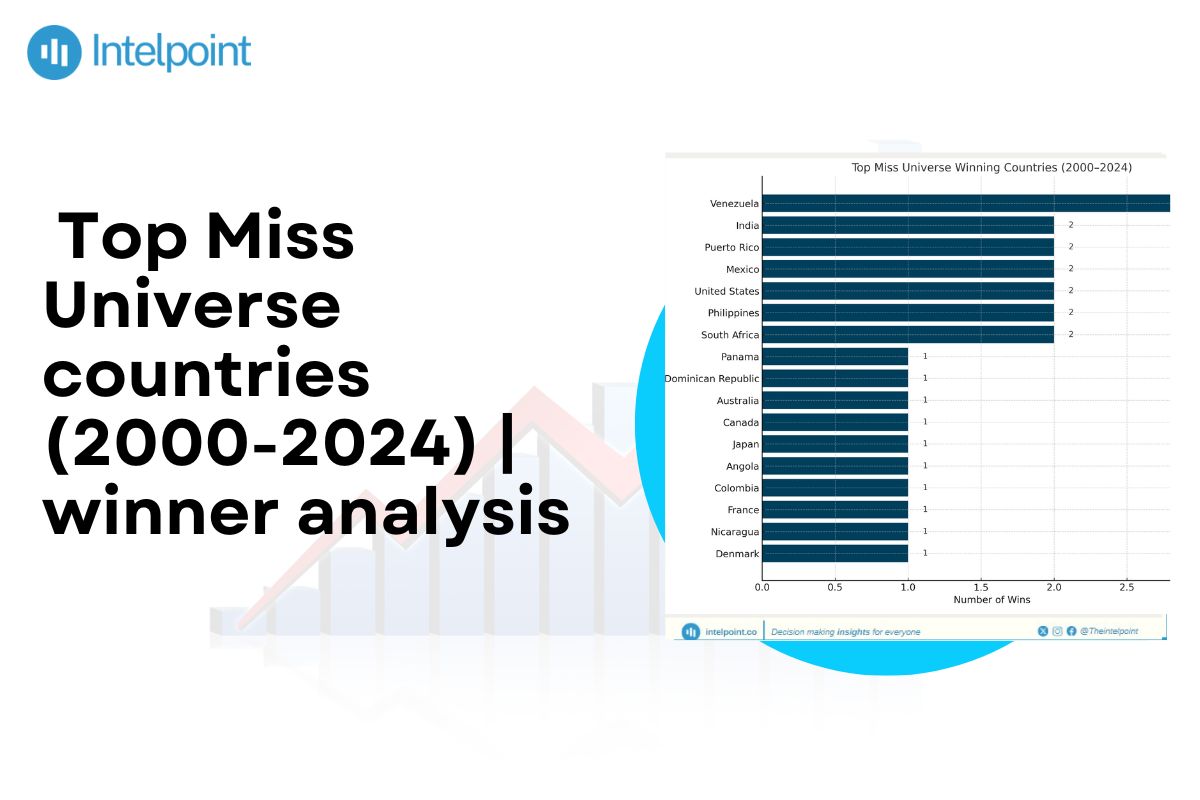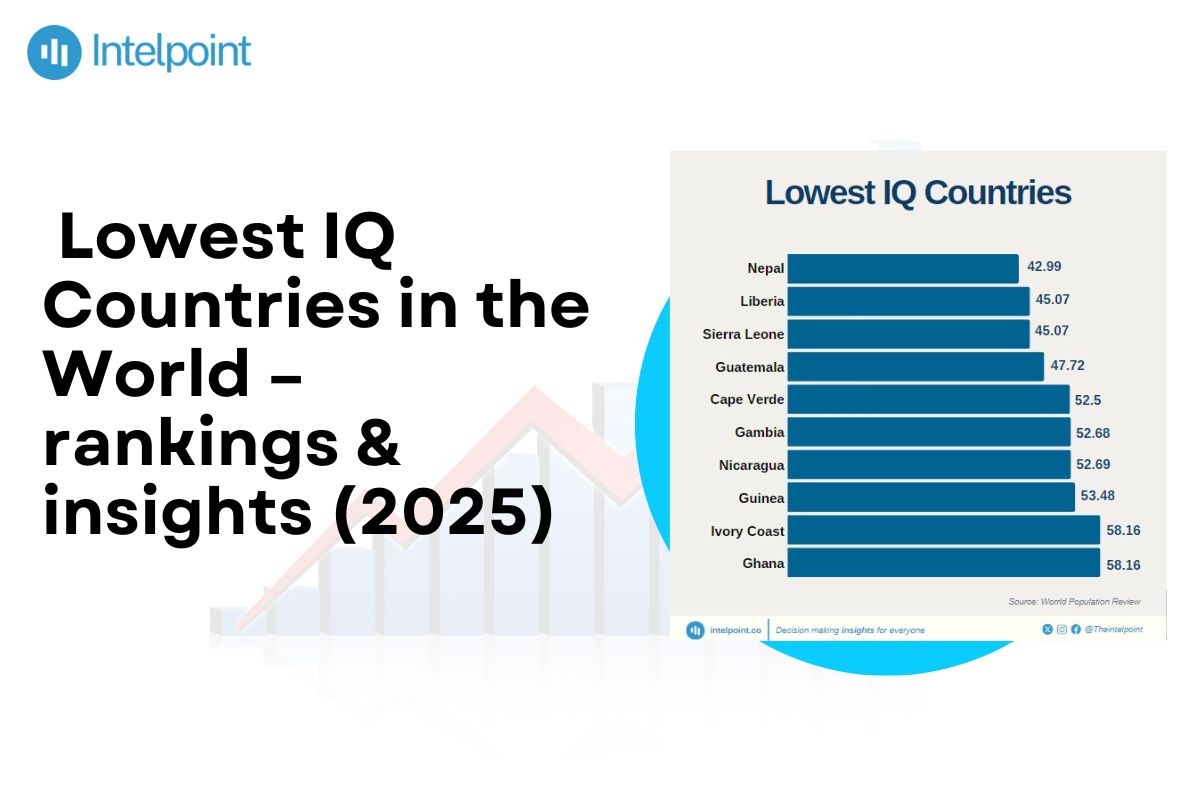Over the years, Nigeria’s healthcare sector has seen some notable improvements, but when it comes to dentistry, the picture is far from perfect. While the country celebrates the growth in the number of dentists, deeper issues like unequal distribution, regional disparities, and poor dentist-to-population ratios highlight the challenges that persist.
Imagine having a severe toothache in the middle of the day, searching desperately for a dentist in your area, only to discover that the nearest professional is hundreds of kilometres away. For millions of Nigerians, especially those in the North, this is a stark reality. Dentistry in Nigeria has come a long way in recent years, but access to oral healthcare remains a challenge for many. Where these dentists are located and who they are tells a more interesting and disheartening story — one of progress, imbalance, and untapped opportunities.
Key takeaways
- The number of registered dentists in Nigeria increased by 88.5% from 1,651 in 2020 to 3,112 in 2022.
- In 2022, 58% of registered dentists were male.
- The South West leads with 37.8% of dentists, while the North East and South East account for less than 5% each.
- Dentist-to-population ratios range from 1:36,425 in the South West to 1:254,521 in the North West, far from the WHO's 1:10,000 recommendation.
Number of dentists in Nigeria: Steady growth
Between 2020 and 2022, the number of registered dentists in Nigeria increased from 1,651 in 2020 to 2,165 in 2021, and further to 3,112 in 2022. This indicates an 88.5% growth over the three years, showing significant progress in the profession. While this growth is commendable, challenges of equitable distribution across the country and the ratio of dentists to the growing population remain.

Gender distribution: Male dominance persists
In 2022, gender disparity continued within the dental profession. Of the 3,112 dentists, 1,805 (58%) were male, while 1,307 (42%) were female. Notably, the number of female dentists has been on a steady rise, growing proportionally alongside their male counterparts.
Geographic distribution: South West leads, South East lags
One of the most striking insights from the data is the uneven geographic distribution of dentists across Nigeria’s geopolitical zones. The South West has the most dentists (1,176), making up over a third of the total. In contrast, the South East (141), North East (146), and North West (230) have the lowest numbers, reflecting significant gaps in access to dental professionals in these regions. The South South (429) and North Central (311) show moderate representation, while 679 dentists are from unverifiable states or regions, further highlighting data tracking challenges.
Dentist-to-population ratio: Inequality in access
The dentist-to-population ratio highlights a significant imbalance in dental care accessibility across Nigeria. While the South West enjoys the most favourable ratio of 1:36,425, the North West faces the worst ratio, with 1:254,521. The North East follows closely with a ratio of 1:224,212, indicating poor dental healthcare access in these regions. Other zones such as the South South (1:74,252) and North Central (1:117,548) fare better but still fall short of global standards (1:10,000, WHO).
Insights for future implications
The data paints a clear picture: while Nigeria is making commendable strides in growing its dental workforce, critical issues persist. The heavy concentration of dentists in the South West shows regional inequality, leaving millions in northern regions underserved. Similarly, while gender representation is improving, efforts to close the gap further are necessary.
The World Health Organization recommends at least 1 dentist per 10,000 people, but Nigeria’s numbers are far from ideal. The South West comes closest, with a ratio of 1:36,425, but the situation deteriorates drastically in other zones. This disparity depicts a huge gap in oral healthcare accessibility. Poor dental care often leads to other health problems, including heart disease, diabetes, and malnutrition. In rural and underserved areas, these problems are magnified.
Conclusion
The growth in Nigeria's dental profession between 2020 and 2022 is promising. However, while urban regions enjoy better dental care, rural areas remain in dire need. A country as diverse and dynamic as Nigeria deserves a healthcare system that leaves no one behind — whether you’re in bustling Lagos or a remote village in Borno. The government, professional bodies, and stakeholders must work together to bridge existing gaps in distribution and accessibility, ensuring that every Nigerian, regardless of location or background, has access to quality dental care. The steady increase in dentists is a step in the right direction.




